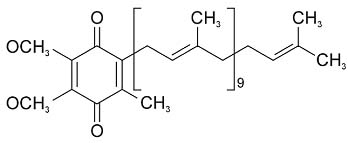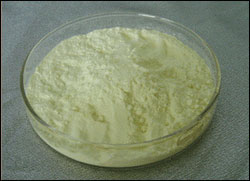|
Saw palmetto (Serenoa repens, Sabal serrulata)
Description:
Saw palmetto (Serenoa repens, Sabal serrulata) is used popularly in Europe for symptoms of enlarged prostate (benign prostatic hypertrophy or BPH). It is the most popular herbal treatment for this condition. Historical use of saw palmetto can be traced in the Americas to the Mayans, who used it as a tonic, and to the Seminoles who took the berries as a cough remedy and antiseptic.
Claims:
Avoid if allergic or hypersensitive to saw palmetto. Use cautiously with history of health conditions involving the stomach, liver, heart or lungs, hormone-sensitive conditions or a bleeding disorder. Use cautiously with drugs that thin the blood (like warfarin, hormonal drugs (like finasteride ), birth control pills. Avoid if pregnant or breastfeeding.
Possible side effects:
Bleeding, stomach pain, nausea, vomiting, bad breath, constipation, diarrhea, ulcers, yellowing of the skin from liver or gallbladder disorders (jaundice), headache, dizziness, insomnia, depression, breathing difficulties, muscle pain, high blood pressure, chest pain, abnormal heart rhythm (arrhythmia). Men may experience erectile difficulty, testicular discomfort, breast tenderness/enlargement, changes in sexual desire, urinary tract infections.
Possible interactions:
Blood thinning drugs or drugs that increase the risk of bleeding (warfarin ), pain relief drugs, PC-SPES?(contains saw palmetto and seven other herbs, currently taken off the U.S. market), male sex hormones, birth control pills, hormone replacement therapy (HRT), estrogens, alcohol, and herbs and supplements with similar effects (like red clover, ginkgo biloba and garlic). Many tinctures contain high levels of alcohol and may cause nausea or vomiting when taken with prescription drugs like metronidazole or disulfiram.
Dosing:
A standardized extract of saw palmetto containing 80-95% sterols and fatty acids (liposterolic content) is often recommended.
Adults (18 years and older):
Tablets/Capsules: A dose of up to 320 mg has been tken daily by mouth for up to 11 months.
Berries: 1-2 grams of ground, dried, or whole berries has been taken daily.
Tincture: 2-4 milliliters (1:4) has been taken three times daily.
Fluid extract of berry pulp: A dose of one to two milliliters (1:1) three times daily has been taken by mouth.
Rectal suppositories: A dose of 640 milligrams has been taken once daily. Rectal use of saw palmetto is not more effective than taking saw palmetto by mouth.
|
|||||||||||
Introduction
More Products





